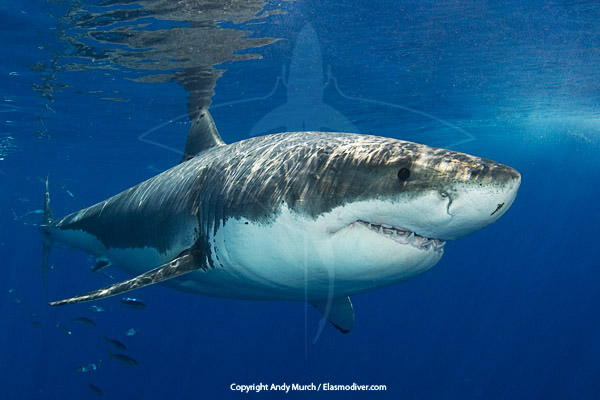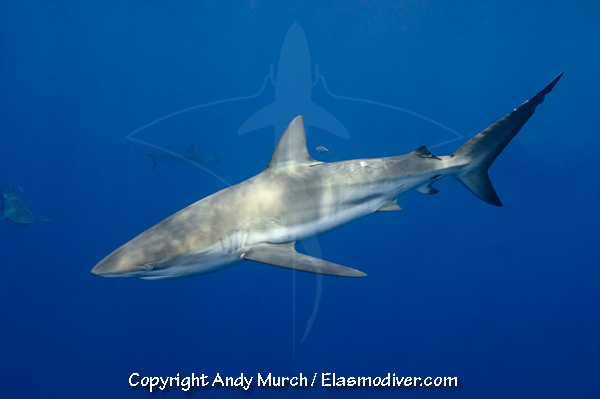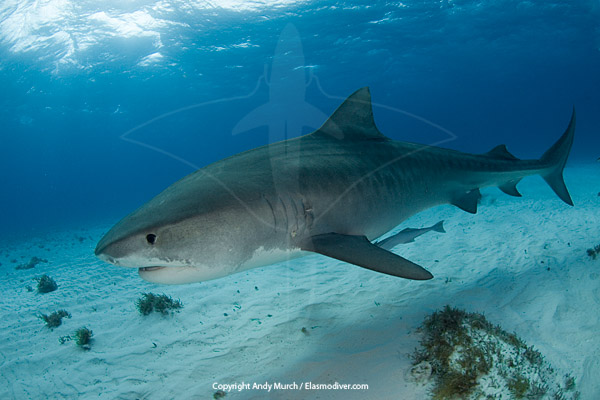This time of year, it’s appropriate to think of things to be thankful for. This being an ocean-focused blog, I’d like to share something ocean-related that I’m thankful for, and hopefully spread a little Ocean Optimism in the process. What I’m thankful for is that Carcharocles megalodon is extinct. This may not seem like cause for optimism, but honestly the present-day ocean and Megalodon are better off without each other. And while we may not have 50-foot sharks around anymore (at least not the superpredatory kind), there are actually a lot of species we know and love that have either outlasted Megalodon or are only around because the big beast isn’t around anymore.
According to recent research (Pimiento and Clements 2014), Megalodon disappeared from the fossil record, and likely from existence, around 2.6 million years ago. That’s not terribly long ago, but there’s currently no evidence (despite a manufactured controversy by the Discovery Channel) that Megalodon has been around since then. Megalodon was a predator of shallow, nearshore seas, feeding on seals and whales. It basically functioned as a scaled up adult white shark, and if it was still around would probably not be hard to find (the hunting breaches would be spectacular). And that’s just as well, because Megalodon would probably not be doing so well interacting with humans. Fishery bycatch, boat collisions, and prey population collapses from overfishing, whaling, and hunting would probably ensure that Megalodon would be in trouble, if not driven to extinction by human activity, in a modern ocean. So Megalodon got to burn bright and flame out fast in the ancient seas that suited it.
While I’m happy for Megalodon that it never had to deal with, you know, us, we can be thankful that plenty of its former neighbors are still around. The marine community surrounding the megatooth shark contained a good number of sharks and other marine species that still exist. This ID guide to marine fossils found in eastern North Carolina contains at least 15 modern shark species, sharks that have outlasted Megalodon and can be seen swimming the oceans today. Other marine fossils include cownose rays, crocodiles, and plenty of invertebrates that are either still extant or have close relatives swimming the modern sea. Rather than pine for a charismatic prehistoric species, we should appreciate the species we still have, species that make Megalodon look like an evolutionary loser. Who needs Megalodon when we still have the great white, sand tiger, bull, and dusky sharks that proved to be better able to adapt to a changing ocean?
Another finding by Pimiento and Clements (2014) was that the disappearance of Megalodon from the fossil record coincided with a radiation of large baleen whale species. Megalodon may have been such an effective predator that it may have represented a bottleneck in whale evolution, and as soon as it went extinct the big baleen whales were able to flourish. We have the extinction of the largest shark that ever lived to thank for the existence of the blue whale, the largest animal ever to live. I’d consider that a pretty good trade.
Here are a few of the species that are still around for us to see despite, or because of, the extinction of Megalodon.





References
Pimiento C. and C. F. Clements. 2014. When did Carcharocles megalodon become extinct? A new analysis from the fossil record. PLoS One 9: e111086 doi:10.1371/journal.pone.0111086.